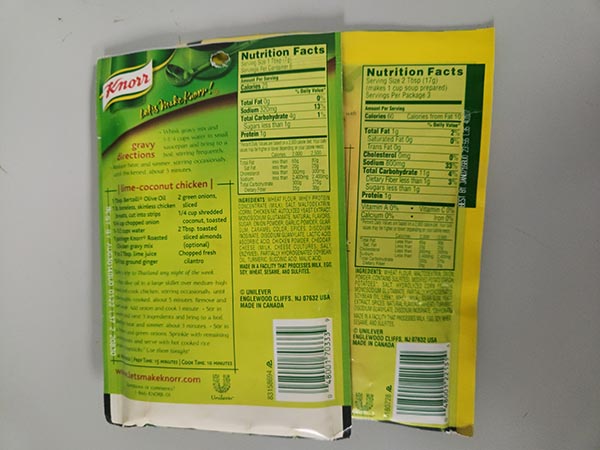Are you concerned about global warming? Many people are in an absolute tizzy about it. Al Gore, who has made his living off global warming, warned us at the 2009 Copenhagen Climate Summit of a “75% chance that the entire polar ice cap during some of the summer months could be completely ice free within five to seven years.” Oops.
On the other hand, perhaps you find the alarm over global warming to be much ado about nothing, or worse yet, a plot to destroy the world economy.
Both opinions are well represented and extremely vocal on social media. Using tweets of one, two, or three sentences, advocates for either extreme misquote, distort, or outright fabricate evidence to suit their beliefs. These folks gain applause from their fellow devotees, draw upon themselves the wrath of the opposite camp, and certainly annoy folks like me, who are on Facebook mostly to look at pictures of grandchildren.
Enter into the fray Dr. Steven E. Koonin, professor at New York University, member of the National Academy of Sciences, and Undersecretary of Energy for Science during the Obama administration. He’s written a book titled “Unsettled.” I highly recommend it.
Professor Koonin has taken vast amounts of very complex information and distilled it down to 300 or so eminently readable pages about climate science and the disciplines which comprise it.
Koonin has a gift for making the complex understandable. Not simple, because it isn’t simple (despite what the twits on Twitter would have us believe) but comprehendible without a doctorate in physics or meteorology. Facts: He inundates us with facts, backed up by studies cited in 25 pages of footnotes.
And the graphs. Oh, those graphs. If a picture is worth a thousand words, Koonin is an artist. The 70+ graphs visually present the data he uses to make his points. For those who tend to get lost in a sea of data, graphs are immensely helpful to literally illustrate the information.
Alas, there is a drawback. Each graph contains a tremendous amount of information. Different tint screens, dashes, dots, solids, and varying line thicknesses are all tools employed to add clarity.
Mass market books, remember, are almost always printed in black ink on uncoated paper. The techniques enumerated above are needed because as Henry Ford was quoted as saying, “You may have any color you want, as long as it is black.”
What a shame. The use of color would have gone far toward making the graphs clearer, more intuitive, and less cluttered. I don’t fault the author; I’m sure he had nothing to do with the decision. The use of color is a matter of cost between the publisher and the printer.
The publisher, BenBella Books, purports to be “a marketing-focused, author-friendly publishing house.” Perhaps, but they sure missed a chance to make a great book even better.
Most publishers aren’t interested in their printer’s opinion, but this was an opportunity for the printer to make a point, differentiate, assume a consultative role, and add value…even if a suggestion to add color was not acted upon by the publisher.
When a genuine reason to add color appears, especially where it is not normally used, jump
in! Make the case. Be an advocate for color and for print.








